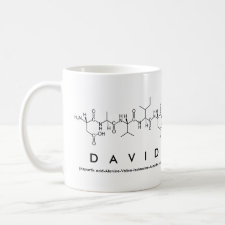
Authors: Bai W, Gariano NA, Spivak DA
Article Title: Macromolecular Amplification of Binding Response in Superaptamer Hydrogels.
Publication date: 2013
Journal: Journal of the American Chemical Society
Volume: 135
Issue: (18)
Page numbers: 6977-6984.
DOI: 10.1021/ja400576p
Abstract: It is becoming more important to detect ultralow concentrations of analytes for biomedical, environmental, and national security applications. Equally important is that new methods should be easy to use, inexpensive, portable, and if possible allow detection by the naked eye. By and large, detection of low concentrations of analytes cannot be achieved directly but requires signal amplification by catalysts, macromolecules, metal surfaces, or supramolecular aggregates. The rapidly progressing field of macromolecular signal amplification has been advanced using conjugated polymers, chirality in polymers, solvating polymers, and polymerization/depolymerization strategies. A new type of aptamer-based hydrogel with specific response to target proteins presented in this report demonstrates an additional category of macromolecular signal amplification. This superaptamer assembly provides the first example of using protein-specific aptamers to create volume-changing hydrogels with amplified response to the target protein. A remarkable aspect of these superaptamer hydrogels is that volume shrinking is visible to the naked eye down to femtomolar concentrations of protein. This extraordinary macromolecular amplification is attributed to a complex interplay between protein-aptamer supramolecular cross-links and the consequential reduction of excluded volume in the hydrogel. Specific recognition is even maintained in biological matrices such as urine and tears. Furthermore, the gels can be dried for long-term storage and regenerated for use without loss of activity. In practice, the ease of this biomarker detection method offers an alternative to traditional analytical techniques that require sophisticated instrumentation and highly trained personnel
Template and target information: protein, thrombin



Join the Society for Molecular Imprinting

New items RSS feed
Sign-up for e-mail updates:
Choose between receiving an occasional newsletter or more frequent e-mail alerts.
Click here to go to the sign-up page.
Is your name elemental or peptidic? Enter your name and find out by clicking either of the buttons below!
Other products you may like:
 MIPdatabase
MIPdatabase









